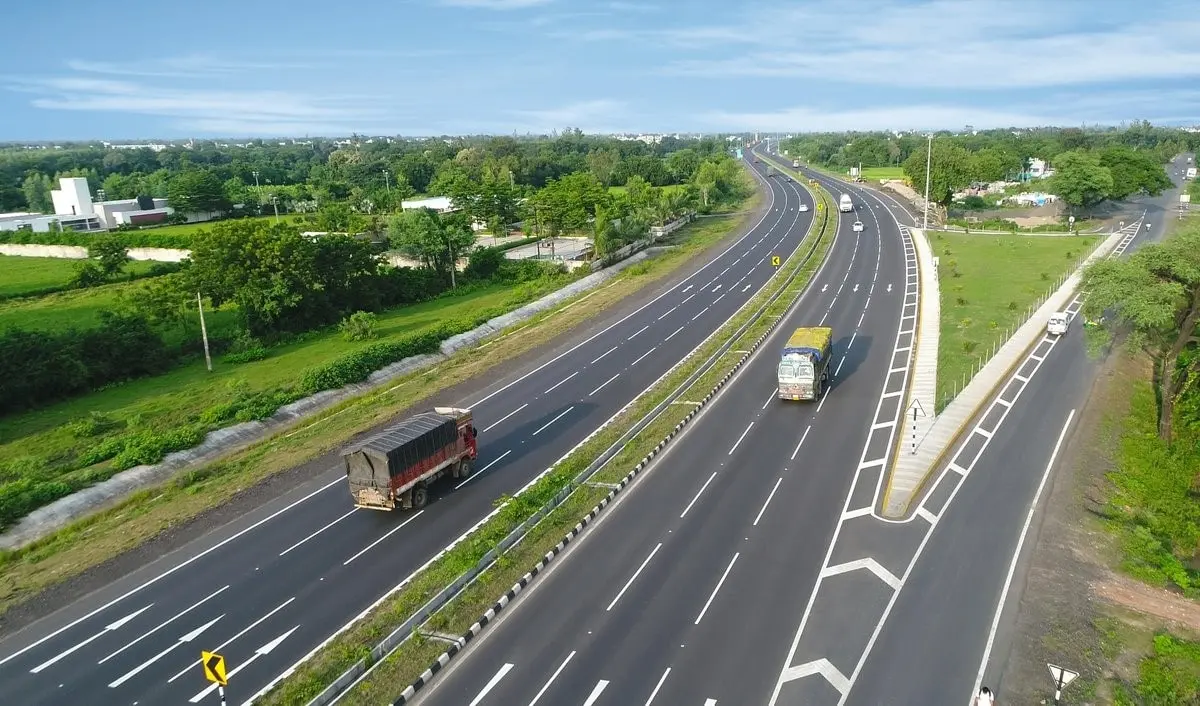Indian highways stretch across vast landscapes—from bustling urban corridors to remote rural routes. While they offer scenic beauty and the thrill of long drives, they also come with unique challenges. Unpredictable traffic, varied road conditions, and differing driver behavior mean safety must always be a top priority. Whether you’re a seasoned road-tripper or a new driver venturing onto highways for the first time, here are practical and essential pro tips to help you stay safe on Indian highways.
1. Plan Your Route in Advance
Before hitting the highway, always plan your route carefully. Use reliable navigation apps like Google Maps or MapMyIndia to check for:
- Real-time traffic updates
- Road construction or diversions
- Toll booths and fuel stations
- Emergency services along the way
Pro Tip: Download offline maps if you’re driving through areas with poor mobile connectivity.
2. Check and Prep Your Vehicle
A well-maintained vehicle is your first line of defense against highway mishaps.
- Inspect tyres (including the spare) for air pressure and wear.
- Top up essential fluids: engine oil, coolant, brake fluid, and windshield washer.
- Check battery, lights, wipers, horn, and brakes.
- Ensure registration papers, insurance, PUC, and license are valid and accessible.
Pro Tip: Carry a basic emergency kit with a first-aid box, flashlight, jumper cables, tyre inflator, and essential tools.
3. Drive Within Speed Limits
Speeding is one of the major causes of highway accidents in India.
- Stick to posted speed limits (usually 80–100 km/h for cars on national highways).
- Slow down in fog, rain, or poor visibility conditions.
- Reduce speed when approaching towns, tolls, and pedestrian crossings.
Pro Tip: Keep an eye out for speed breakers and unmarked crossings—especially in rural stretches.
4. Use Indicators and Mirrors Religiously
Communication is key on the highway.
- Always use indicators when changing lanes or overtaking.
- Check rearview and side mirrors frequently, especially before overtaking or switching lanes.
- Avoid sudden lane changes—signal early and move smoothly.
Pro Tip: Flash headlights briefly (don’t use high beams continuously) to indicate overtaking intentions at night.
5. Avoid Night Driving If Possible
Driving at night in India can be riskier due to:
- Poorly lit roads
- High-beam glare from oncoming traffic
- Increased presence of slow-moving or parked vehicles without reflectors
If you must drive at night:
- Use low beams in well-lit areas.
- Slow down in dimly lit or foggy zones.
- Take frequent breaks to avoid fatigue.
Pro Tip: Avoid driving between midnight and 4 AM, when alertness and visibility are lowest.
6. Keep a Safe Following Distance
Tailgating is dangerous, especially on highways.
- Maintain a 3–5 second distance from the vehicle ahead.
- Increase the gap in rain, fog, or low visibility.
- Watch for brake lights and slow traffic ahead.
Pro Tip: Use the “two-second rule”—pick a marker on the road and ensure there’s a two-second gap between your vehicle and the one in front.
7. Use Designated Stopping Areas
Never stop on the highway shoulder unless it’s an emergency.
- Use petrol pumps, rest stops, or dhabas for breaks.
- Avoid parking on curves, bends, or slopes.
- If a breakdown occurs, use hazard lights and reflective warning triangles.
Pro Tip: Take a break every 2-3 hours to stay alert and refreshed.
8. Be Cautious Around Heavy Vehicles
Trucks, buses, and trailers behave differently than smaller vehicles.
- Avoid staying in their blind spots (especially on the sides and rear).
- Never cut abruptly in front of them—they take longer to stop.
- Keep extra distance when overtaking.
Pro Tip: Flash your lights or lightly honk when overtaking a truck at night to signal your presence.
9. Beware of Stray Animals and Pedestrians
Highways, especially in rural India, often see:
- Cows, dogs, or goats wandering onto the road
- Pedestrians crossing unexpectedly
Stay alert and be ready to slow down or stop at short notice.
Pro Tip: Honk gently near village roads or forested areas to alert any hidden pedestrians or animals.
10. Stay Calm and Patient
Aggressive driving increases the risk of accidents.
- Don’t engage in road rage or retaliate against aggressive drivers.
- Let faster vehicles overtake you.
- Stay composed even during delays or traffic snarls.
Pro Tip: Play calm music and take deep breaths to avoid stress during long drives.
Final Thoughts
Driving on Indian highways can be a beautiful and liberating experience—if done responsibly. The key to a safe journey lies in preparation, awareness, and patience. With varied terrains and unpredictable traffic conditions, staying alert and adhering to these safety tips will ensure you reach your destination smoothly and safely.

